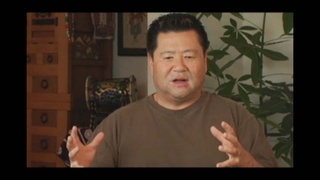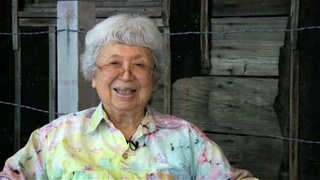Interviews
The philosophy of Matsuri Daiko (Spanish)
(Spanish) We have, on average, between 60 and 80 active members. Historically, I can tell you that we are around 400, more or less, [to] speak of some number. But, why has this number [of members] been maintained? Because logically, even though it is true [that] it is a way of life, it is also a hobby, and, therefore, each member has his or her own life, their own personal obligations, family obligations, work, school, but part of its philosophy of the group is something that is called gei on, which means to accept each person whole heartedly. This makes us [accept the notion] that the person who wants to enter [the group] should be welcomed, and that he or she should feel part of the family, but if for some reason he or she has to leave [the group] but then returns, they should not feel any different. The objective is not to try to stop members from leaving [the group] but instead feel sufficiently at ease to return to the group should circumstances allow it.
Date: September 14, 2007
Location: Lima, Peru
Interviewer: Harumi Nako
Contributed by: Asociación Peruano Japonesa (APJ)






